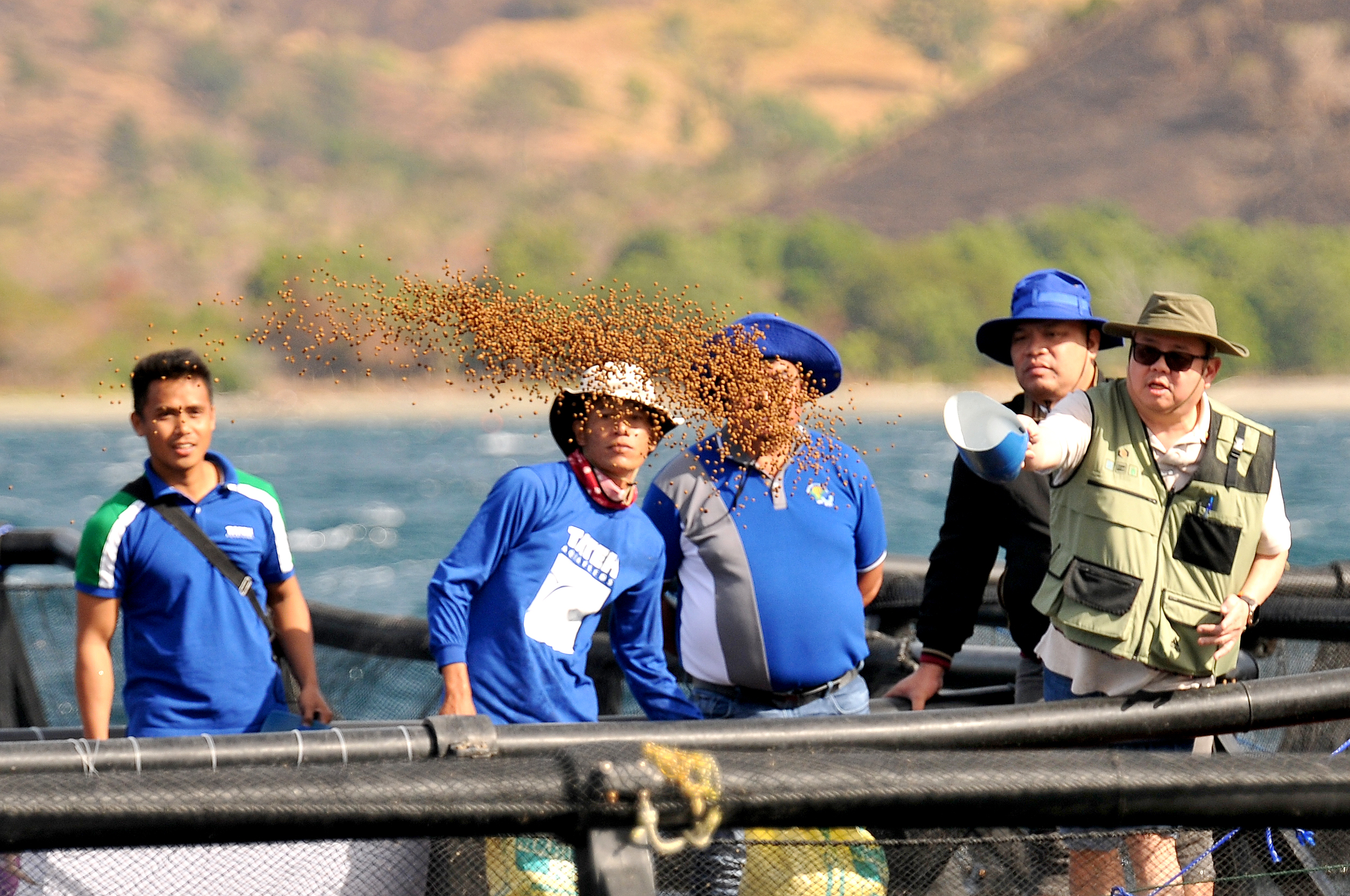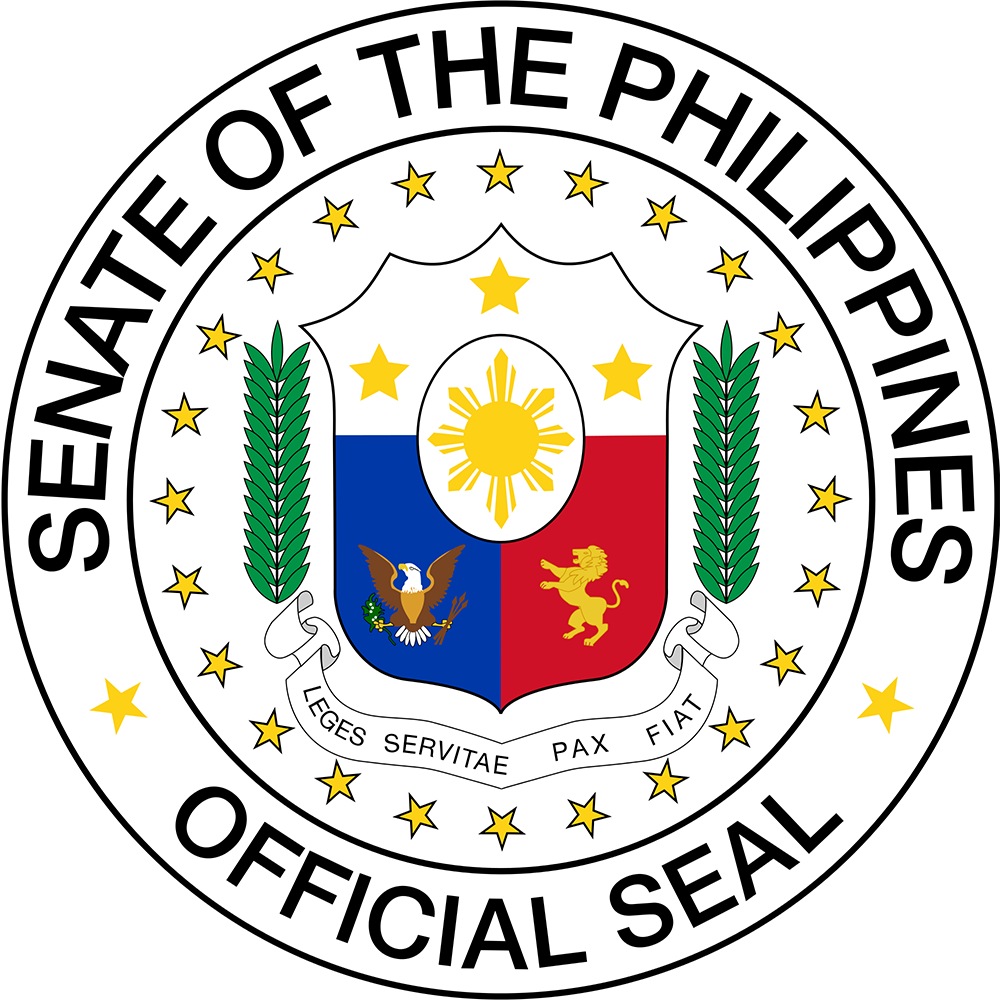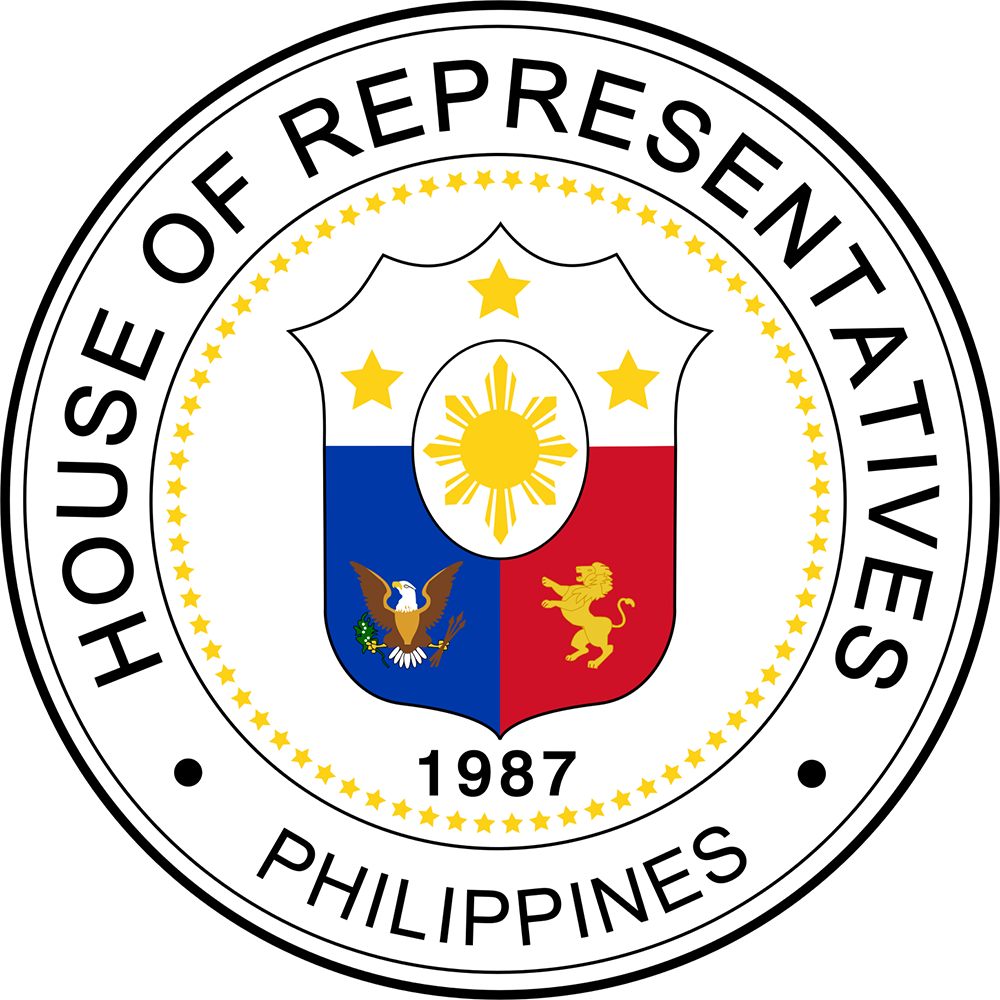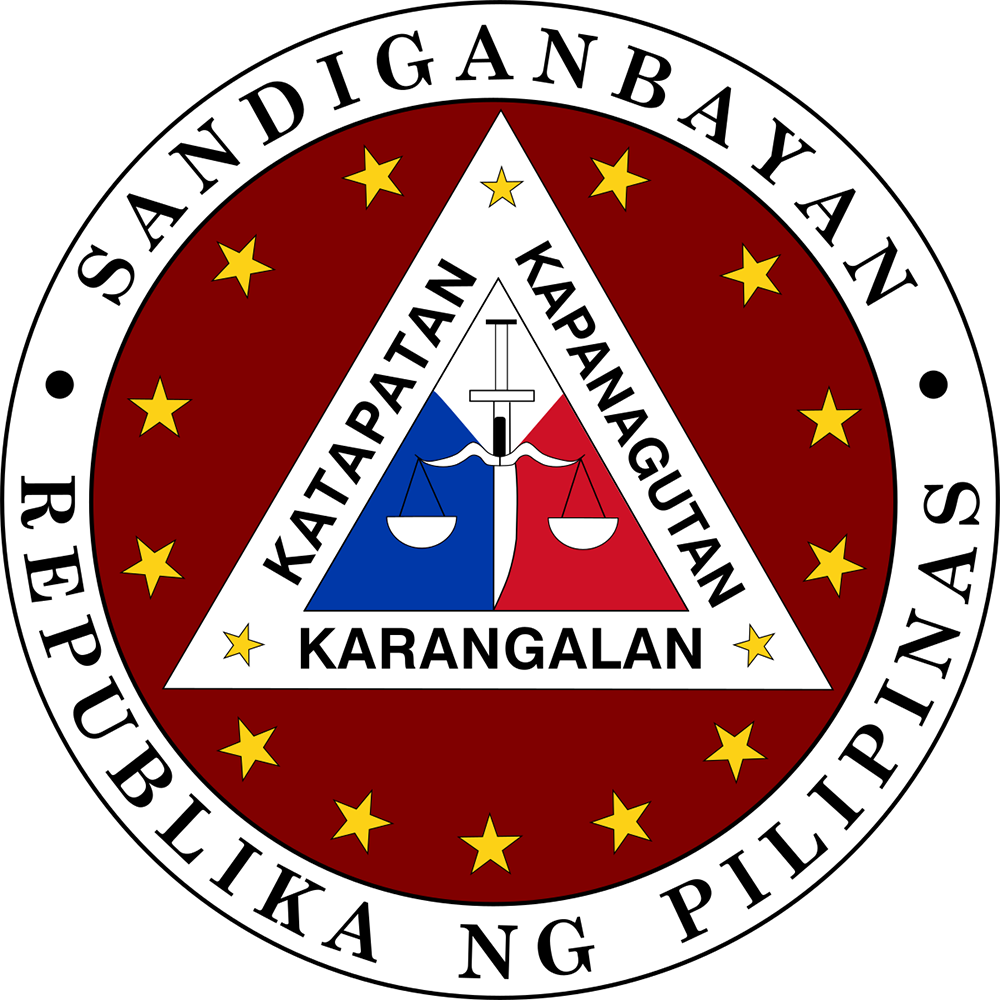
In Silaguin Bay, just off the coast of San Antonio, Zambales, a private firm is helping blaze the trail to increase local production of pompano, a delicious, high value aquaculture alternative to milkfish.
Government data showed that in 2022 local production of pompano (scientific name trichinous blochii), only reached 457 metric tons– less than 3 percent of total imports of 16,004 tons during the same year.
Last week, Agriculture Secretary Francisco Tiu Laurel, Jr., along with officials of the Bureau of Fisheries and Aquatic Resources (BFAR), visited Santeh Feeds Corp.’s Silaguin Bay Fish Farm. In the company’s floating sea cages, thousands of imported fry of short-finned pompano are being raised to help reduce fish imports, provide healthier protein source for consumers, and possibly open export opportunities.
Sec. Tiu Laurel congratulated Santeh for the successful and innovative aquaculture project that dovetails with government’s goal of expanding mariculture parks and promoting various fishery projects around the country.
“Kinikilala at binibigyang halaga namin ang natatangi ‘nyong kontribusyon sa industriya mula sa pananaliksik at paggamit ng makabagong teknolohiya sa pag-aalaga ng isda tulad ng pampano (We recognize and underscore your unique contributions to the fisheries industry like aquaculture research and use of new technology in the production of fish like pampano),” he said.
The agri chief said government is ready to extend assistance from production to post-harvest to marketing to ensure the pompano culture in the country succeeds.
He said the DA through BFAR will promote pompano production as part of government’s push to expand mariculture parks and modernize the aquaculture industry.
Silaguin Bay Fish Farm has 44 floating cages that could each yield around 3 to 4 tons of pompano. It takes around 9 months to culture pompano, with fish of up to 500 grams destined to the local market while larger ones up to 800 grams earmarked for export.
BFAR could assist in locally breeding the short-finned variety by helping set up specialized facilities and equipment.
Increasing fish production through aquaculture is part of DA’s effort to modernize Philippine agriculture, boost food production, and ensure the country’s food security. ###













